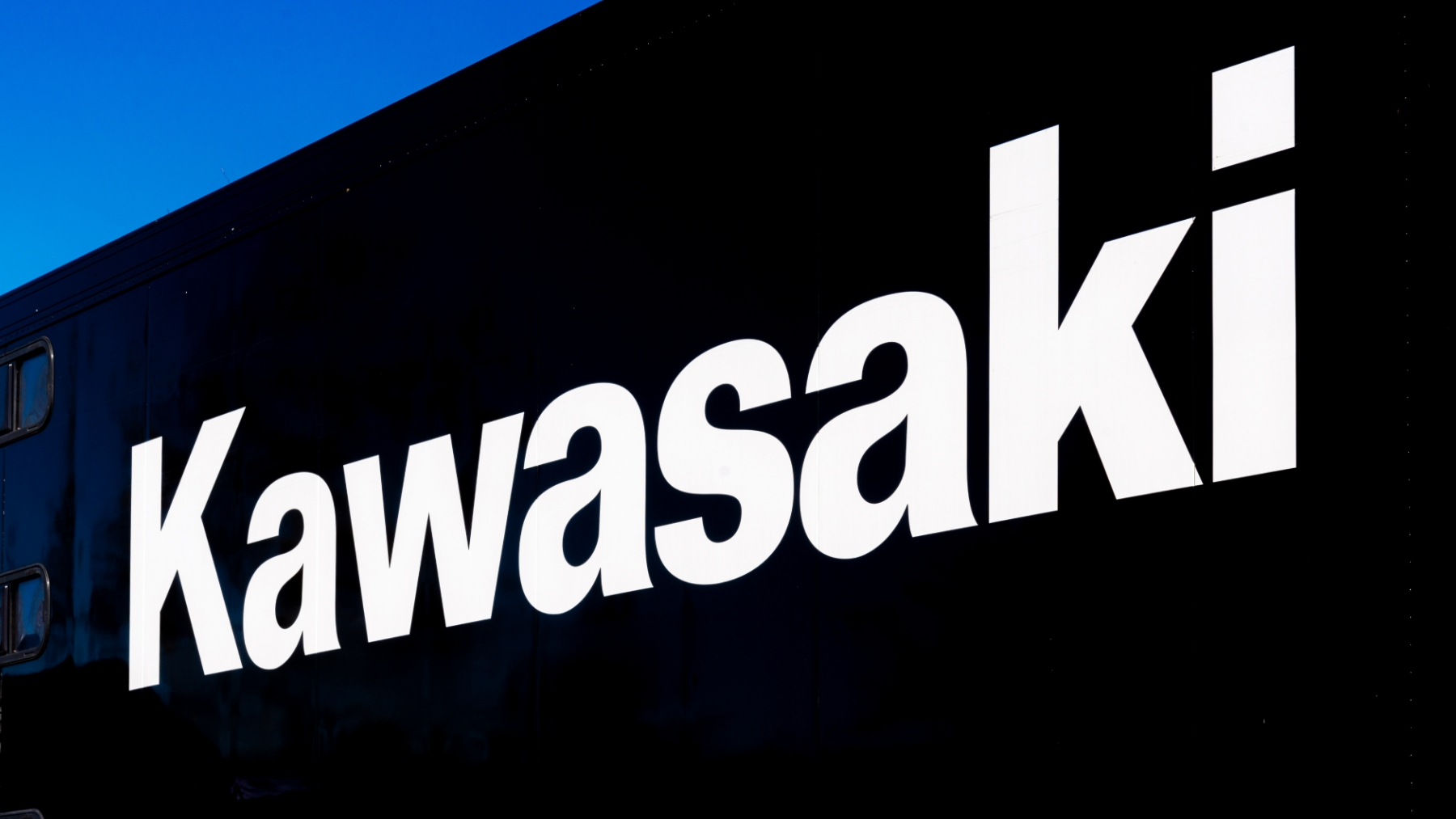Kawasaki Revolution: Unveiling Japan's First Hydrogen Motorcycle
Key Ideas
- Kawasaki introduces H2 HySE, Japan's first hydrogen motorcycle, challenging traditional fuels and emissions in the automotive industry.
- The innovative design features two compact hydrogen tanks at the rear, promising efficiency and performance improvements.
- The hydrogen engine offers 125 Kw power and 250 Nm torque, with a dual-injection system for enhanced combustion and energy generation.
- Despite challenges like fuel cell pricing, hydrogen is seen as a sustainable future fuel due to zero waste emissions and increased vehicle autonomy.
Kawasaki has unveiled Japan's first hydrogen motorcycle, the H2 HySE model, aiming to revolutionize the industry by combatting emissions and positioning itself in the sustainable transportation market. The motorcycle features a unique design with two tanks located at the rear for hydrogen storage, ensuring a compact and efficient vehicle. While specific details about the models are limited, the hydrogen engine is expected to provide 125 Kw power and 250 Nm torque, utilizing a dual-injection system for improved combustion. This launch signifies Kawasaki's foray into hydrogen-powered vehicles, hinting at a potential lineup expansion. Although hydrogen faces challenges such as high fuel cell costs, its appeal lies in producing only water vapor as waste, offering increased vehicle range and minimal weight addition. Kawasaki's innovative approach reflects a progressive shift towards a hydrogen-powered future in transportation, suggesting a positive outlook for sustainable motorcycles in the market.
